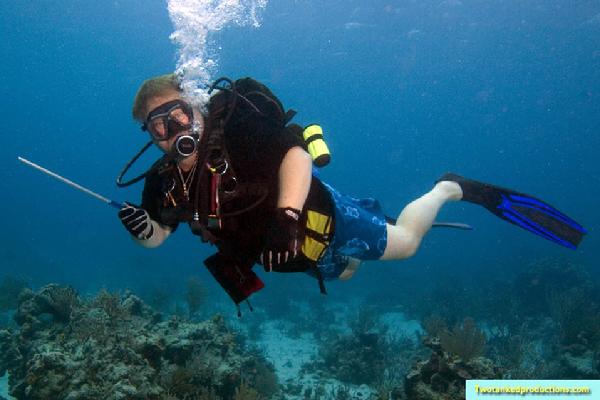Codyjp
Contributor
Another thread brought me to a discussion about the use of 'reef rods.' I saw these in use for the first time in Fiji last month. The intent is that a diver can stick it into the reef and push themselves off so they do not run into the coral. I also saw it used to scare animals out of hiding for the world to see such as octos and lion fish.
Some argue that it is good for the reef since it prevents the diver who can't control their propulsion from hitting things (sort of).
What do you think?

Some argue that it is good for the reef since it prevents the diver who can't control their propulsion from hitting things (sort of).
What do you think?





